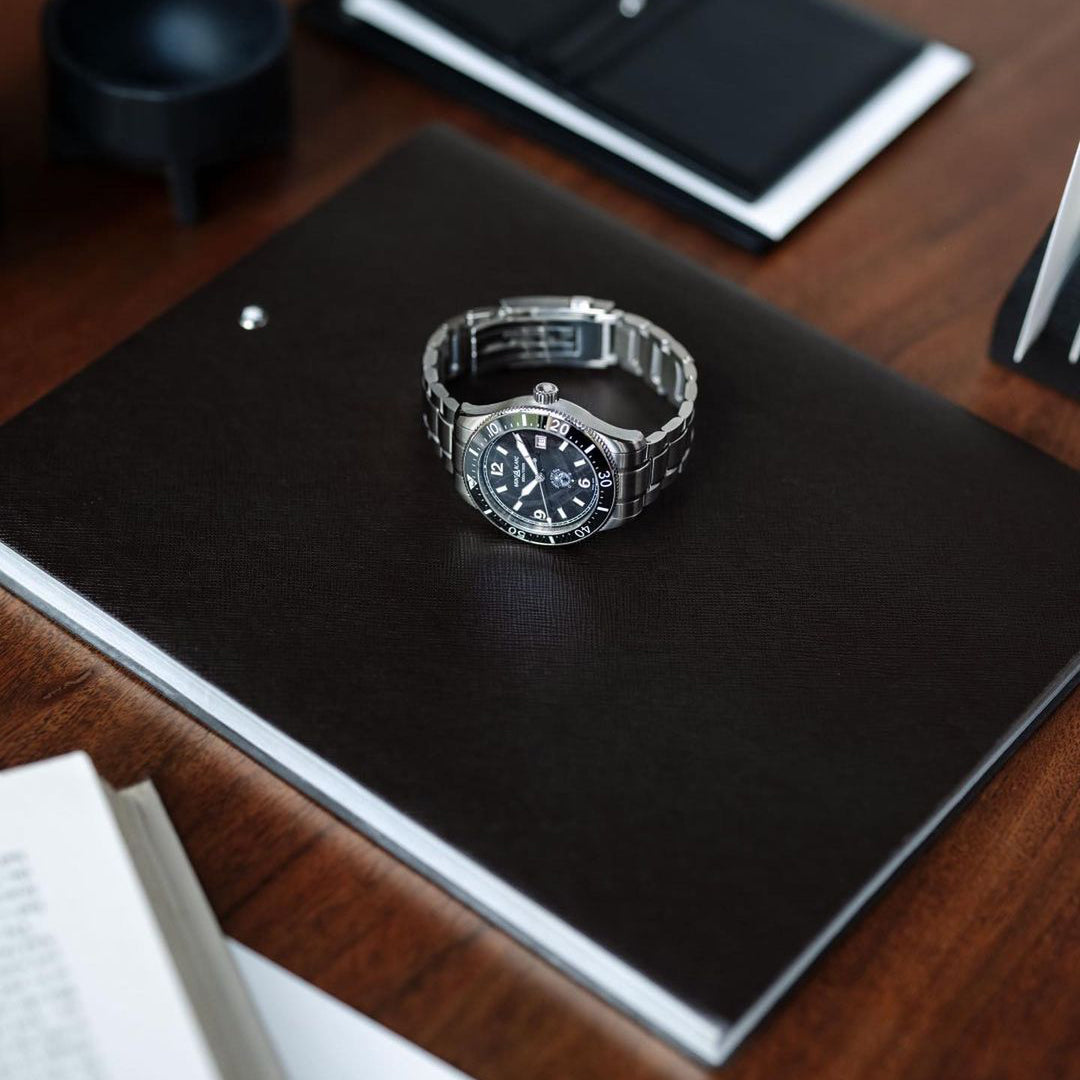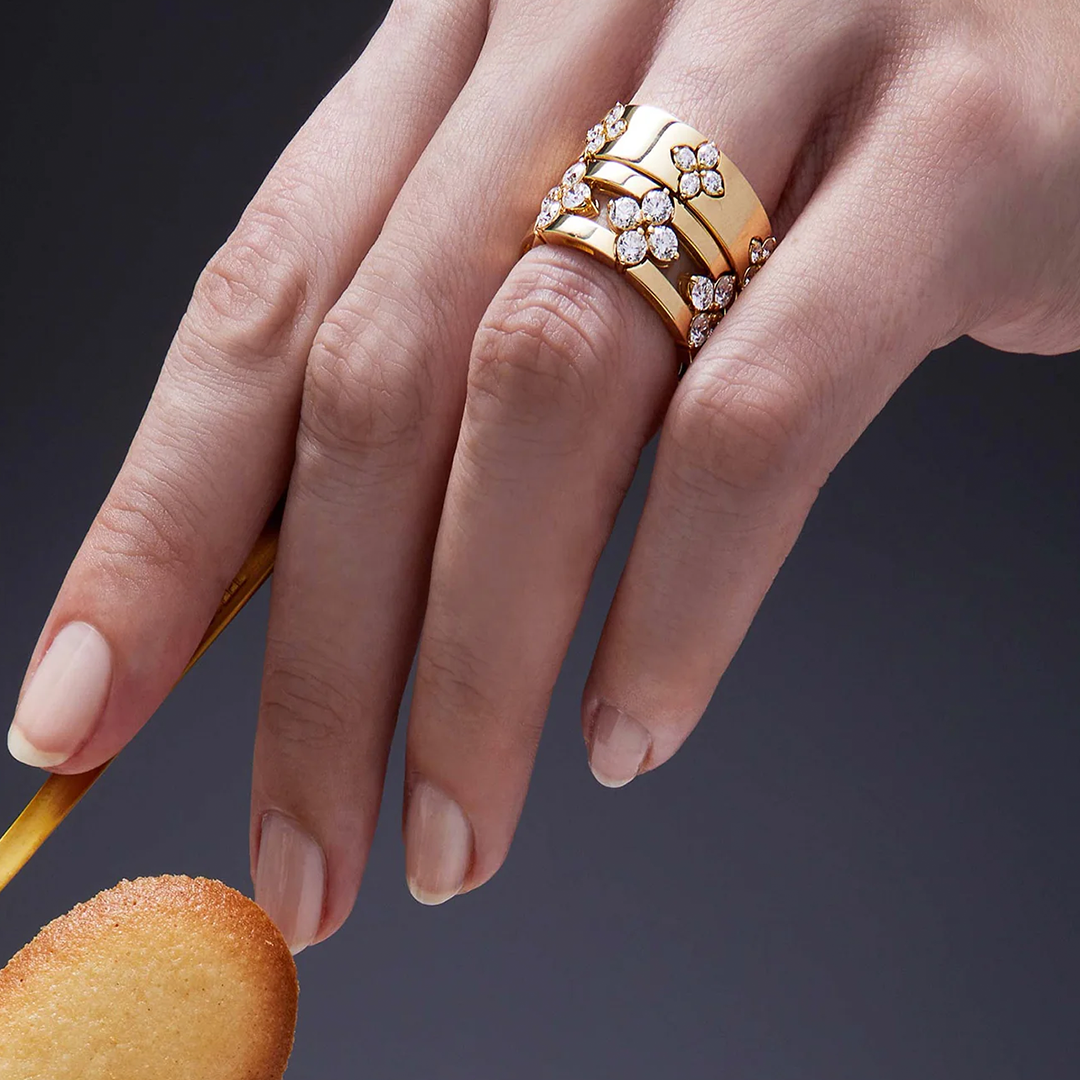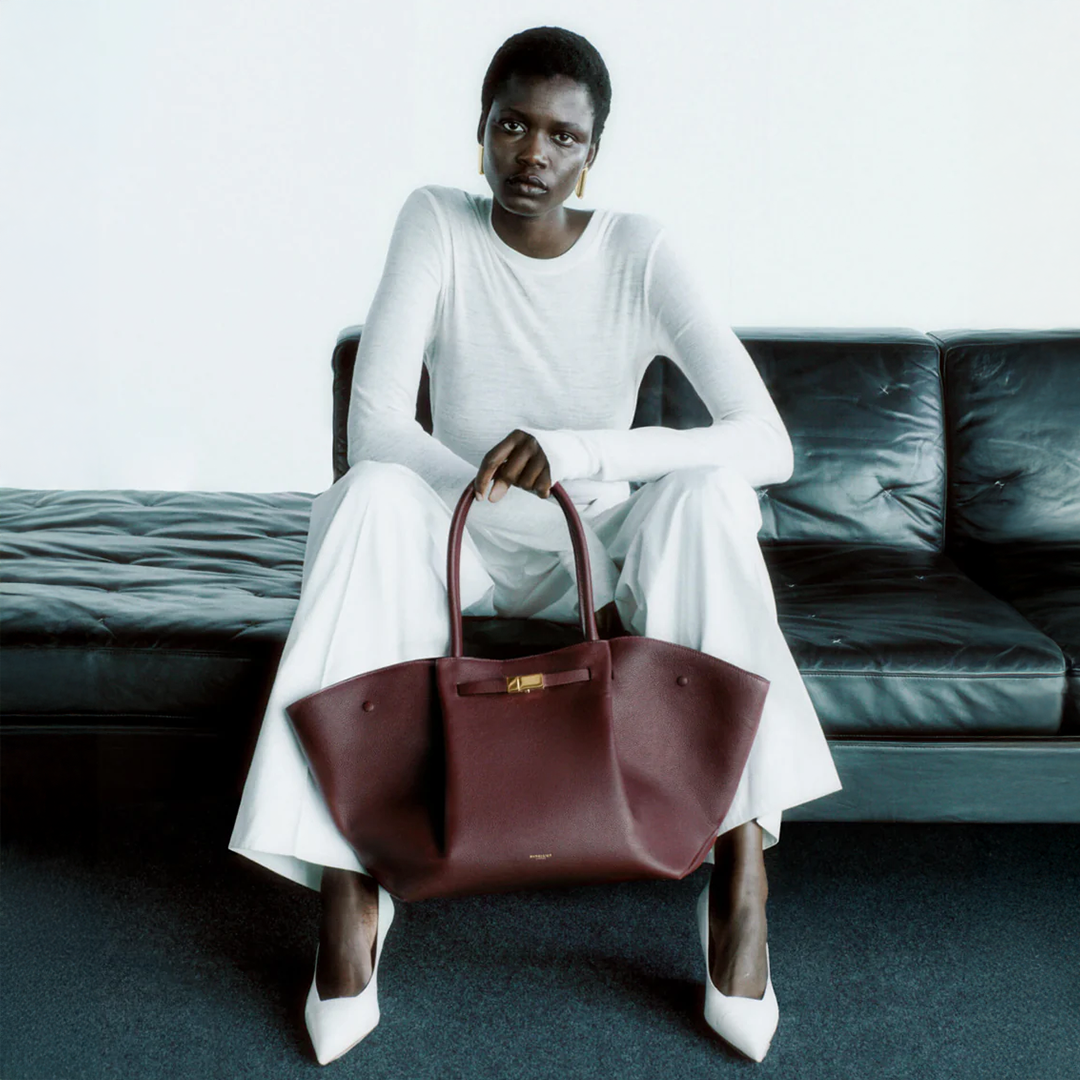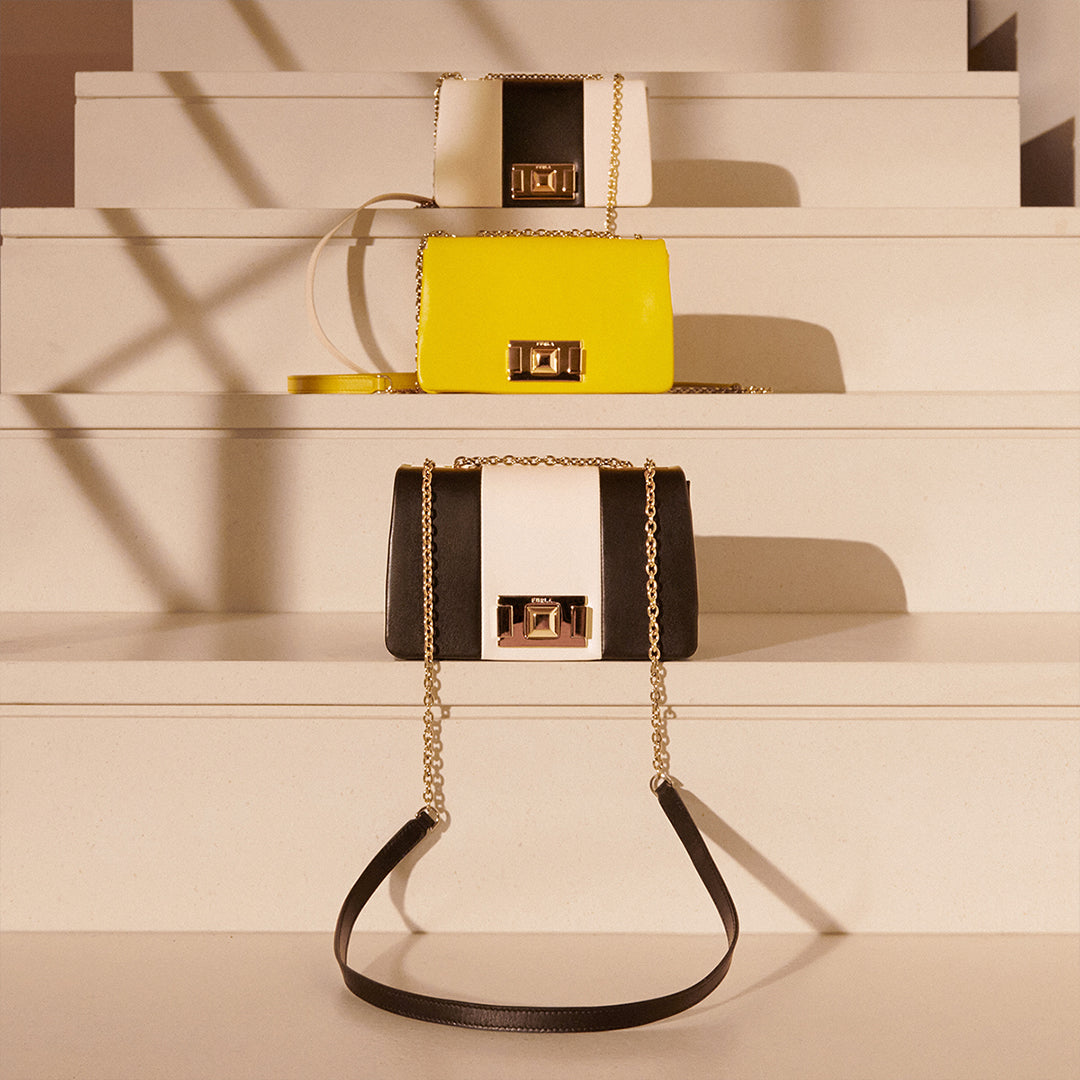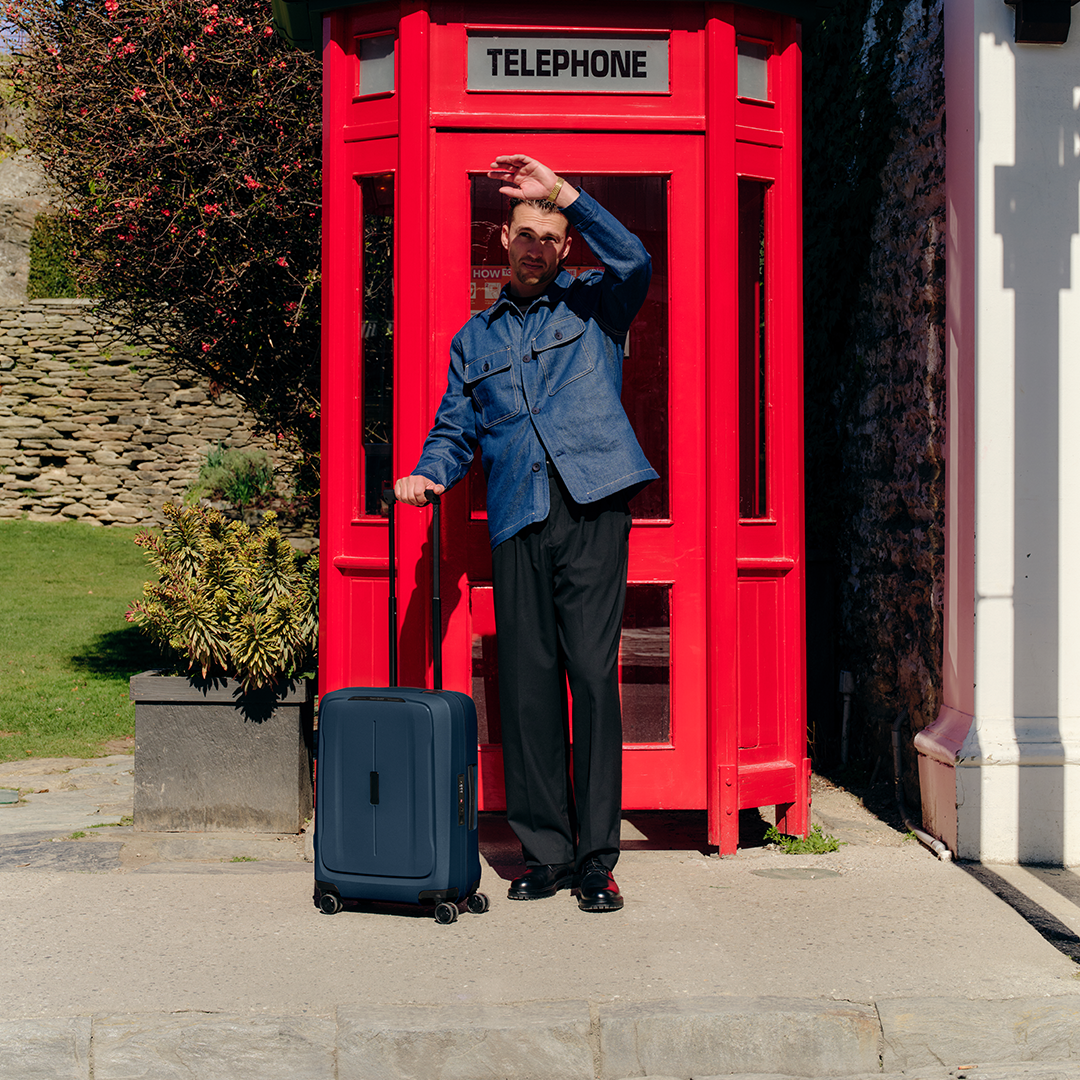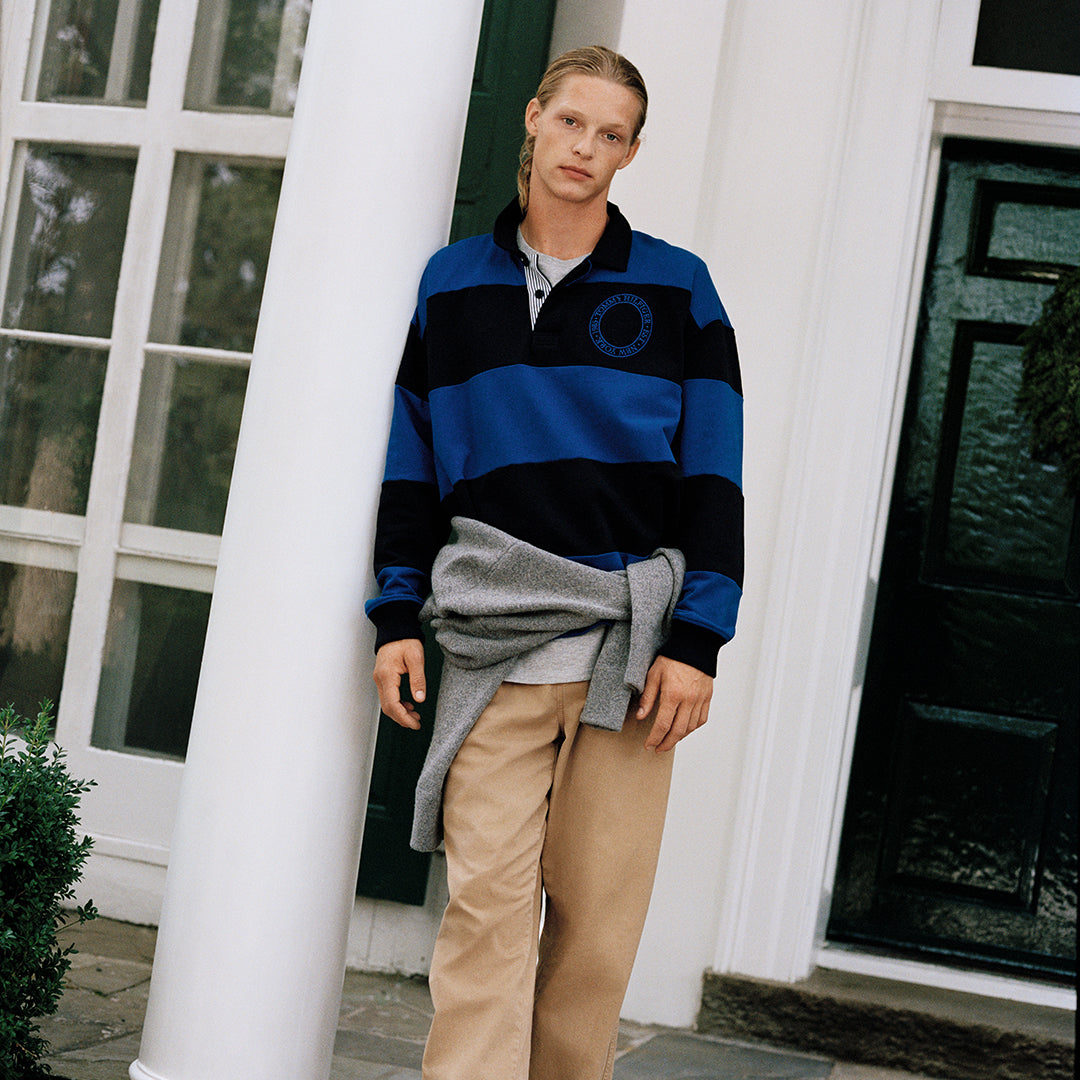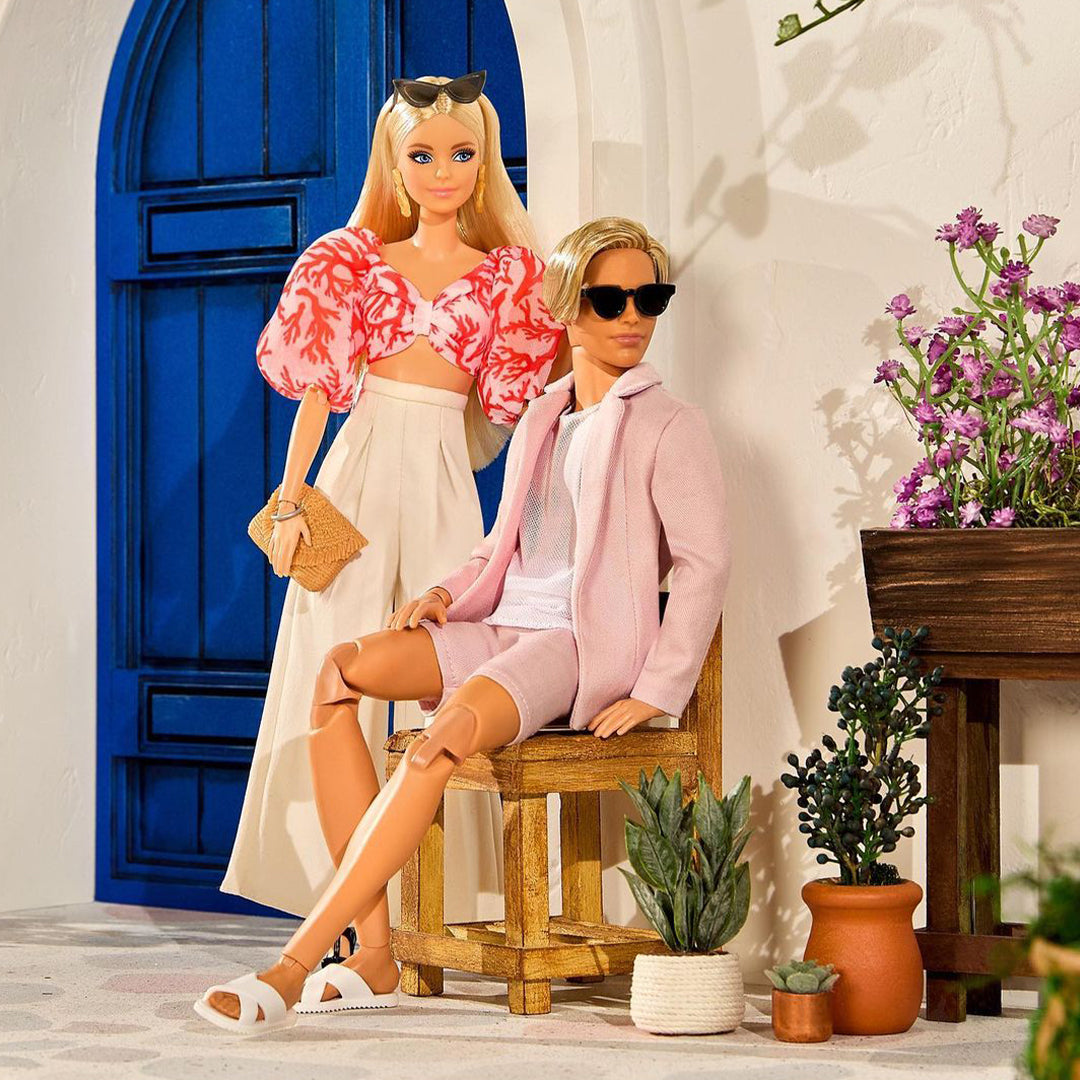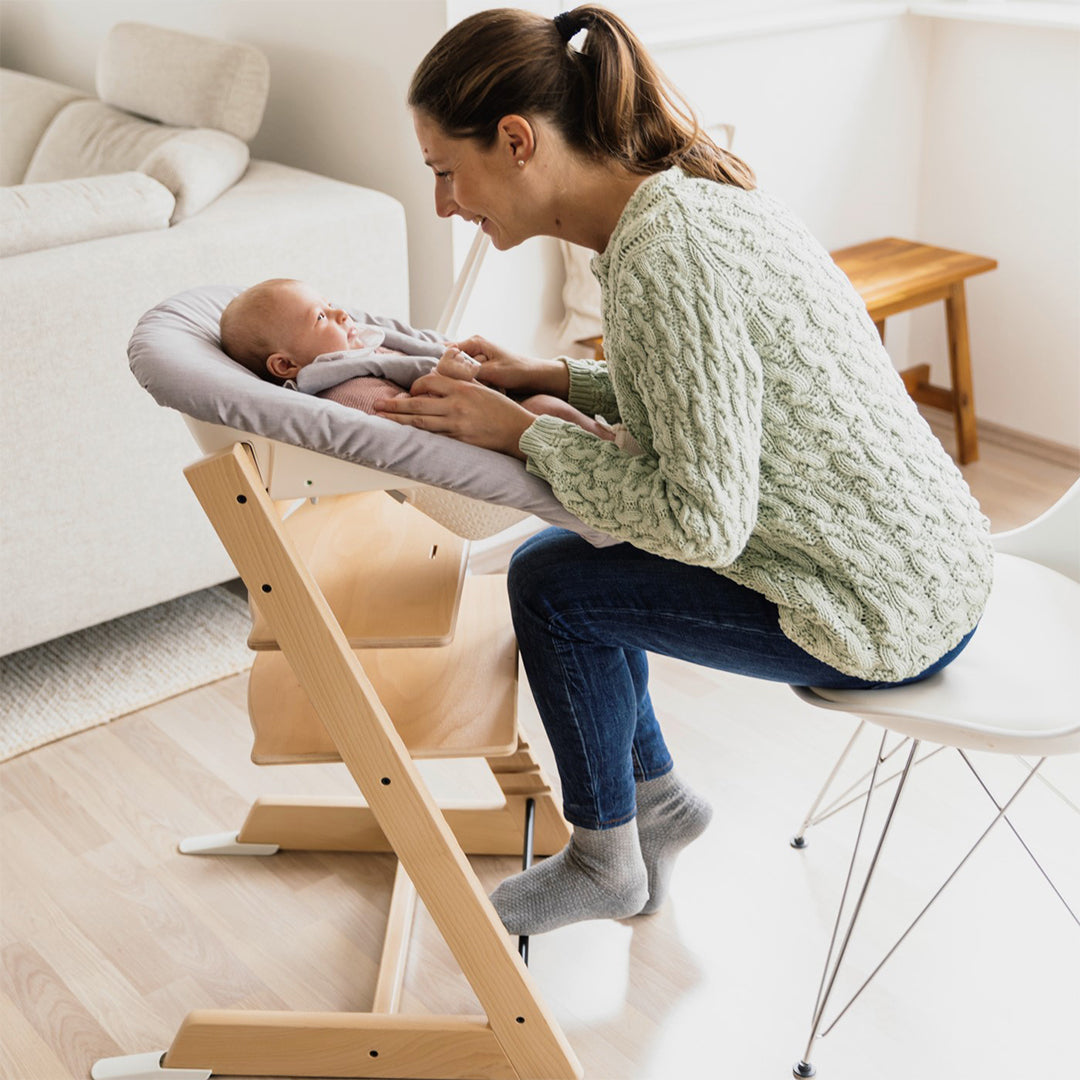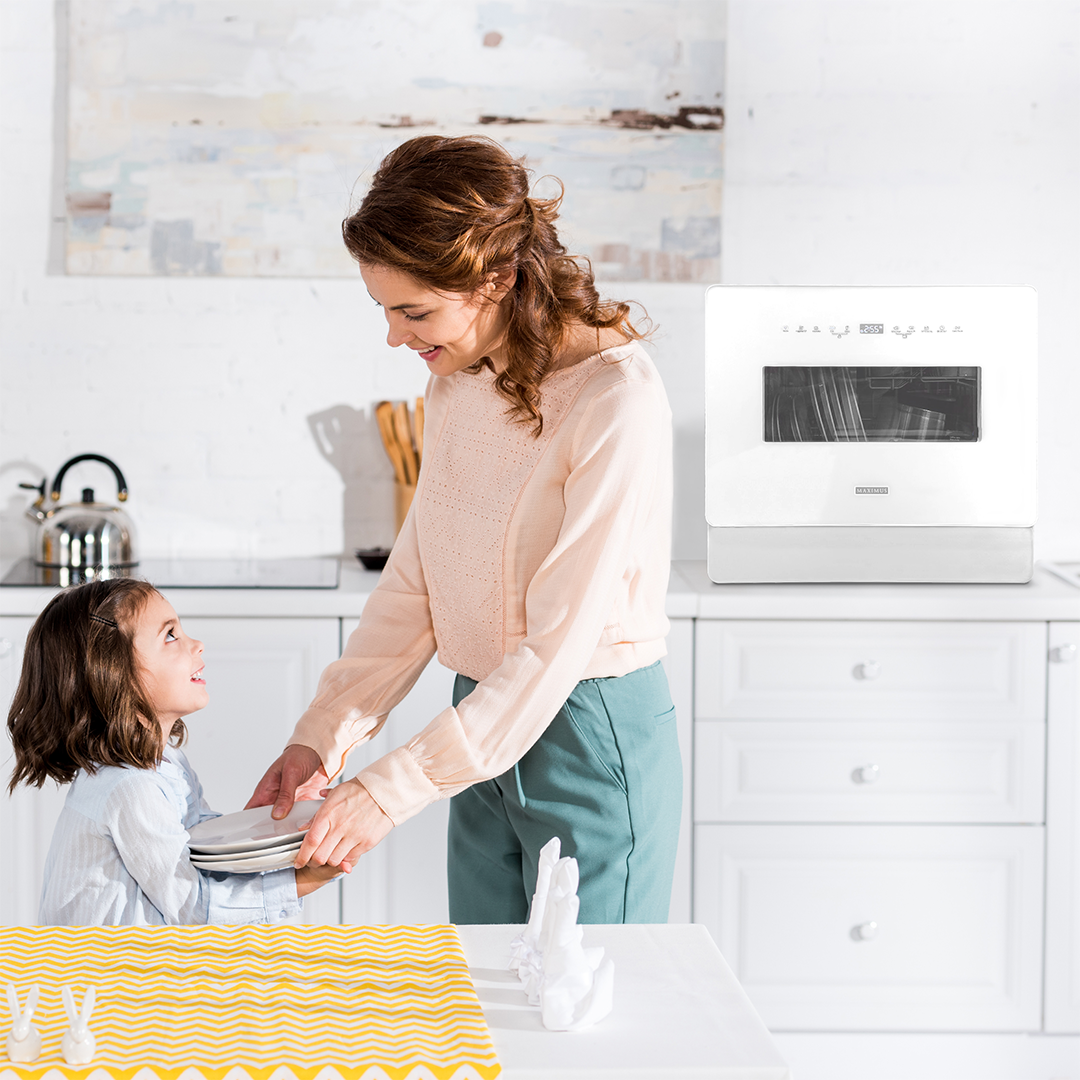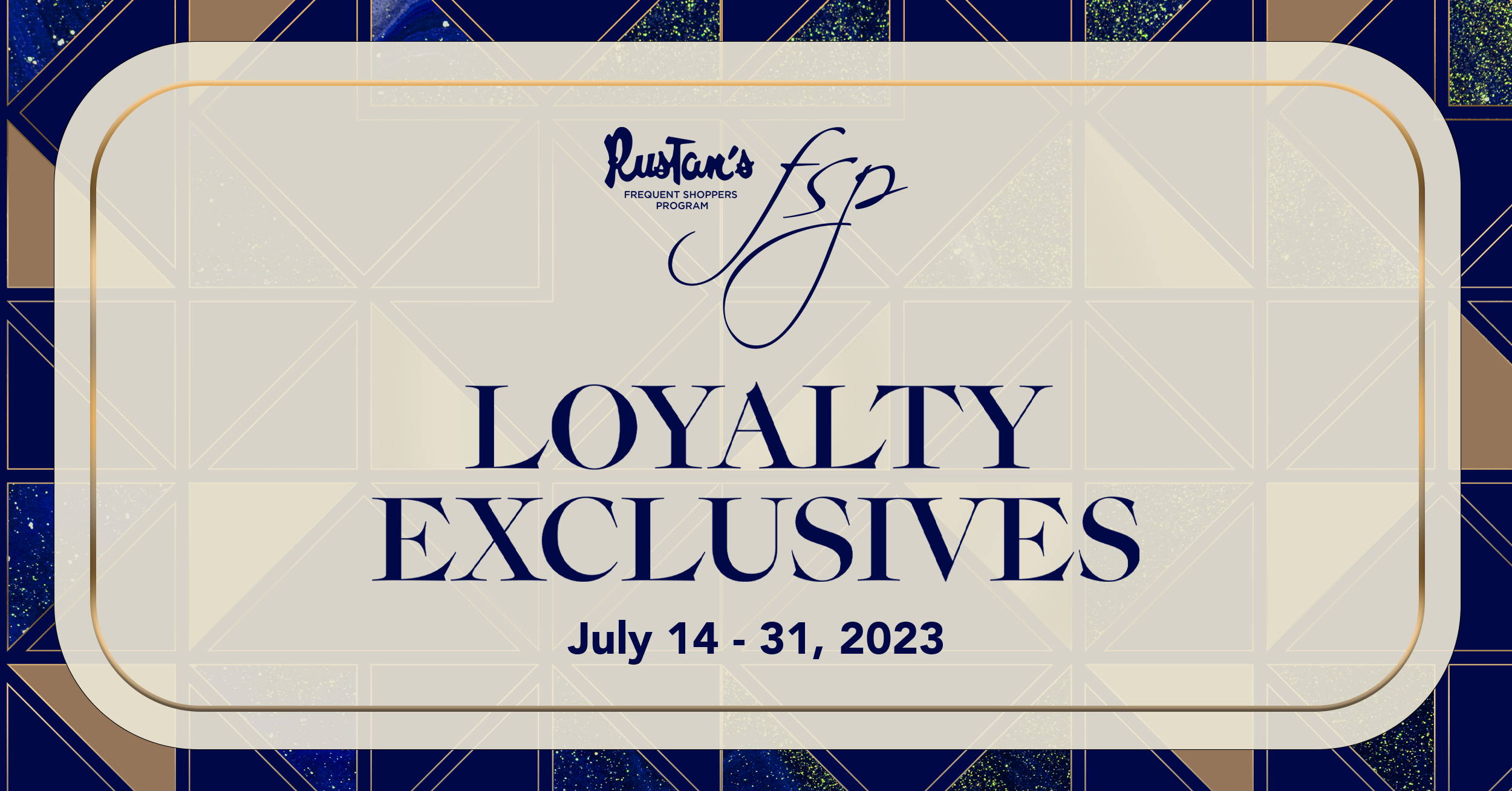“The goal remains the same, which is to represent our heritage,” says menswear designer Kelvin Morales. Photo by Joseph Bermudez. Courtesy of Kelvin Morales
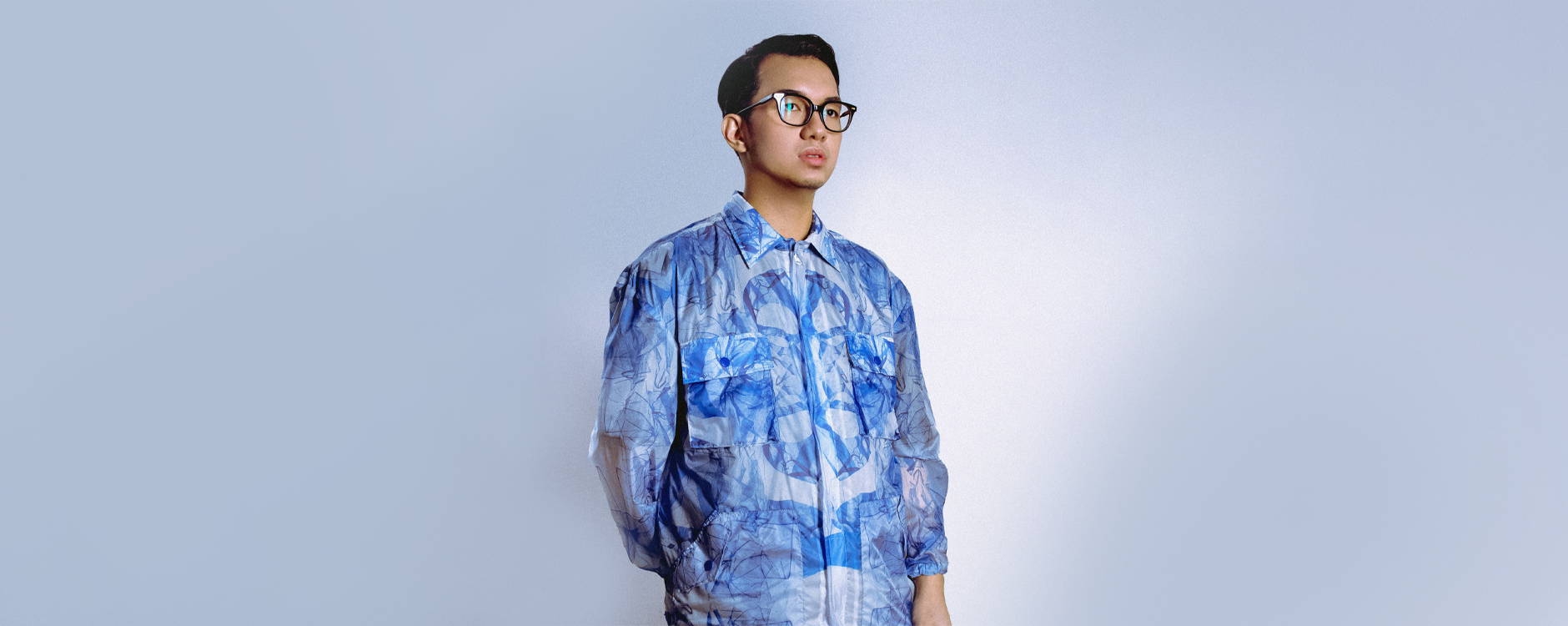
Designer Kelvin Morales is on a mission to give the barong a youthful makeover
Designer Kelvin Morales is on a mission
to give the barong a youthful makeover
By Jed Gregorio
“The goal remains the same, which is to represent our heritage,” says menswear designer Kelvin Morales. Photo by Joseph Bermudez. Courtesy of Kelvin Morales
Designer Kelvin Morales is on a mission to give the barong a youthful makeover
By Jed Gregorio
Shortly after presenting a graduation show at fashion school in 2018, Kelvin Morales was invited to make another collection for the runway. This time, the stage would be at a local fashion festival being bankrolled by a tech industry giant.
Fresh out of college and with no compelling prospects for a design internship at an established company, Kelvin thought it would be the perfect marketing opportunity to “start the brand on a trial basis.”
The collection, titled “Dance in the Dark”, was then characterized by fashion press as “eerie” and conjuring an “unsettling feeling.” Inspired by the pointedly spooky styling of Lady Gaga in "The Fame Monster" era of the late 2000’s, Kelvin describes the pieces “avant garde… and nothing moved!”
Ironically this lack of movement may be dually apt in referring to both a dormancy in commerce for Kelvin’s fledgling business, and a literal physiological constriction imposed on the wearer by some of the hyper-structural pieces.
While the collection included a catalog of sensible tailoring, it also prescribed unabashed experiments with industrial materials — among them, a pectoral plate painted in an iridescent acrylic latex reminiscent of crude oil dripping, and a spandex balaclava dress with gloved sleeves in the hue of whipped praline, swathed with a swirl of silicon rubber resembling mortar paste.
That Kelvin was a bold voice in fashion was undoubted by the publications that consequently highlighted his work. The next hurdle for Kelvin, however, was how to turn his buzzy mainstream debut into a business for the bank.
The coup de foudre moment came when Kelvin was invited to an event with a barong dress code. With nothing to wear that Kelvin deemed sufficiently fashionable, he skipped attending the event altogether. “That’s when I noticed the gap in the market,” he says, “There was no such thing as modern barong.”
Fortuitously, upon consulting with his sewers, Kelvin discovers skilled embroiderers under his nose. “I found out that they can do traditional embroidery, like flora and fauna. So I said, let’s try a different take on embroidery.”
“My goal with the barong was to make it more casual. That seemed to be what was missing in the market.”
“My goal with the barong was to make it more casual. That seemed to be what was missing in the market.”
Kelvin’s earliest barong design featured a mangtataho, a vendor of a sweetened silken tofu snack, and two skeletal figures outfitted in traditional Filipiniana — a familiar resonance of a penchant for the macabre, belied by Kelvin’s otherwise chipper countenance.
“My goal with the barong was to make it more casual. That seemed to be what was missing in the market,” Kelvin says. “I was surprised by the response of the market, because they were also looking for something more contemporary.”
Now with the barong as a primary business driver, what started as a risk-taking trial run has evolved into a slim but lucrative operation of patternmakers, sewers, trimmers, a business consultant, and design interns. (“My intern is currently experimenting with cyanotype on natural fabric for the next collection,” teases Kelvin.)
Kelvin’s latest offering, a collection titled “Dalaginding”, inspired by his childhood with his brother, is his most personal yet. “There is a reason that I released this collection, because after my brother passed away five years ago from cancer, there are moments when I wouldn’t recall our memories together,” he says. “I don’t want to lose those memories, because I know that that is the root of my creativity now, that childhood.”
Dalaginding, which means young girl, is also a derogatory colloquial term for an effeminate young man. “My brother and I were gay babies,” says Kelvin, “We were called dalaginding by some older guys. We didn’t understand the idea, we thought it was positive!”
Kelvin explains that the collection’s oscillation between warm and cool palettes reflect that in-between of forming an identity in childhood. “The collection is also inspired windows, curtains, and childhood toys like jackstones,” says Kelvin, “Also 'Rosalinda'…” — the Mexican telenovela where the title character, played by the mononymous Thalia, is a flower seller who habitually tucks a ubiquitous rose behind one ear.
“My brother and I would always go to the market to buy a rose. We would tuck it behind our ears, then walk around the area.” The collection also features a textile developed through a natural dyeing process using damaged Ecuadorian roses. About his design philosophy Kelvin says, “Each piece has to have a reason.”
Below, we talk more about what’s next for his namesake brand.
Maximillian wearing the plastic bottles barong. Photo courtesy of Kelvin Morales
How would you describe your brand and your identity as a designer?
Contemporary, luxurious, and art. I am tapping the art industry, and this year I am more focused with collaborating with young and emerging artists.
When you tap collaborators what qualities appeal to you in their work?
You know how artists want to fix something, or offer something new in the industry, but there is no opportunity for their voice? If you have a way to help them tap this market… I like collaborating with young artists, photographers, videographers. The photographer Joseph Bermudez, for example, before when he was just starting, I saw his craft and his work. Now he is working with Nadine Lustre and he is now a photographer for big companies. I am really happy when that happens.
Can you take me into deeper detail of your design process?
My ideas tend to come randomly. Sometimes I am in the bathroom and when I think of something, I have to go out and write it down. With regard to checking materials, it depends on the structure of the pattern. I’m more specific with choosing materials. I notice that sometimes it becomes a problem with designers, not knowing how to choose textiles and develop them. After that is more research, as the patternmakers and sewers proceed with the work. After that I am hands-on with the lookbook and more business strategy.
How do you balance the business and creative sides of your work?
I think you just need to be aware of what you want to do, and you have to be sensitive with the market. I do not really follow trends because I would like to be the one to set trends, but you also have to be aware of that somehow. So when I make a collection there is a range, from T-shirts to art pieces, so that it is not flat, so that this market has an option, and it is more strategic. I also consider my stockists abroad and what they offer. Like in Malaysia where barong does not really sell as much, I have pieces in cotton. It is more about balance now. I learned from the process that it is better that you have a range.
What is the process like for you in designing barong? Anything particularly challenging and exciting about it, considering it is a huge part of what you do now?
It is super nice to work with barong, because you are telling a story using embroidery. It is also a way of supporting local craftsmen, that is why I push it. Especially manually guided embroidery, it is a dying art. My market really understands what the craftsmen do. I have clients that, after having worn the barong twice or thrice, they have it framed, because for them it is an artwork.
How do you respond to criticism about modernizing the barong as something that is supposed to reflect heritage and history?
The criticisms are usually from those that expect a more traditional barong. And I say, what I make is still barong, because it offers our heritage, our culture, and it represents our workers, our craftmanship. The barong should reflect our times. We have to be adaptive and make it more contemporary because, why not? Look at something like the kimono and its global status as a traditional piece of clothing. Why not the barong?
In the studio. Photo Courtesy of Kelvin Morales
The phalaenopsis modern barong in beige. Photo by Shaira Luna. Photo Courtesy of Kelvin Morales
In the studio: The Spring 2023 collection process. Photo Courtesy of Kelvin Morales
In the studio. Photo courtesy of Kelvin Morales
The phalaenopsis modern barong in beige. Photo by Shaira Luna. Photo courtesy of Kelvin Morales
In the studio: The Spring 2023 collection process. Photo courtesy of Kelvin Morales
How do you collaborate with your clients on custom pieces?
Clients that come to me already know the brand DNA. They already know what they want made, and they are usually very personal pieces. I start by asking what elements they want on the barong and what approach, if it is a doodle approach, or a more realistic one. I do a digital layout where it is easier to see, the material and the fabric, it is all there.
What made you arrive at the decision to now focus more on ready-to-wear?
The reason is now I want balance in my life. The custom pieces are very time consuming. Now, my next two months are packed, I don’t know when to rest, when to enjoy. If the business were to progress, I want balance. I want to enjoy life, and I want the business to be okay. Currently we’re fixing the production process and aiming to grow production. After checking, the custom and ready-to-wear sides of the business are almost on the same level. We have a strategy now that if I were to focus more on ready-to-wear, my work load would lessen. We will then increase the pricing for custom, so that those willing to pay will be the ones to push that facet of the business.
How has your experience been so far, working with Rustan’s?
I am super happy with Rustan’s, with the product moving, and the market appreciating the barong. I first expected an older, more conservative market. So with the pieces I placed there, I was surprised that the market really loved the barong. The dads now want the contemporary. You would expect them to think of floral motifs and the fringe details to be feminine, but now the dads are telling their kids, I need to get the modern barong, and I say, cool!
The “Hazard Blue” Spring 2022 collection. Photo courtesy of Kelvin Morales
Why do you think an older generation is now more receptive of the less conventional?
I think it is because they get more compliments for it, and they feel younger, because the silhouette is more relaxed. I don’t always know the market I could be tapping, and perhaps I originally had a younger generation in mind, so it’s cool that the dads love the barong.
What is your big dream for the future?
I just want to push my brand to a more global scene, and the barong, too, to be pushed more internationally. Because if we can do that, I think that could be our mark in the fashion industry. The goal remains the same, which is to represent our heritage.
Kelvin Morales is available in-store at Rustan's Makati. Visit the collection or get in touch with a Personal Shopper On Call through 0917-111-1952 or book an appointment here.
Follow Kelvin Morales on Instagram @kelvinmmorales , Facebook @kelvinmoralesdesign, and their website https://www.kelvinmoralesph.com/


